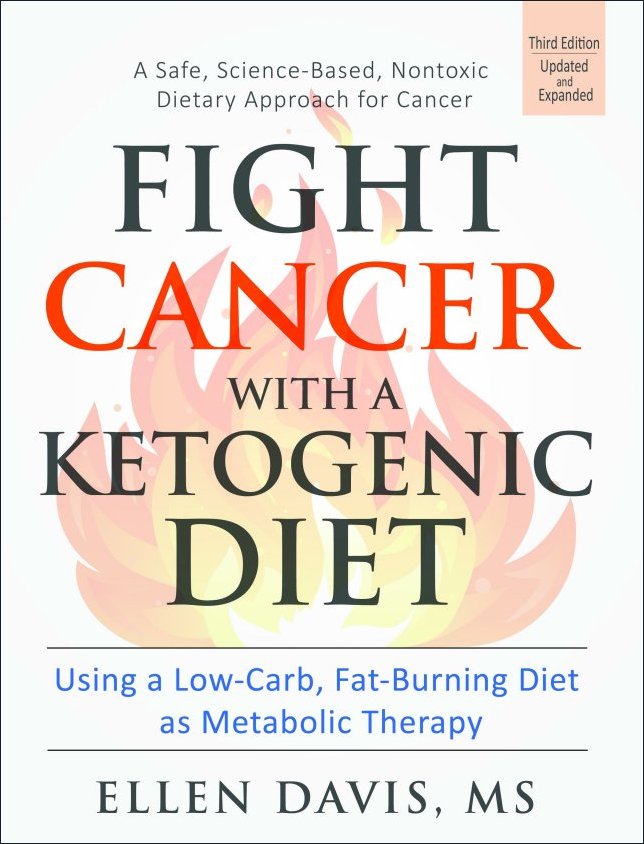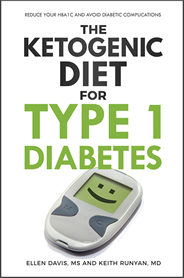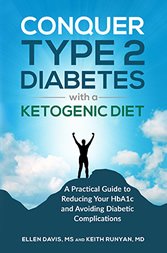Atkins Induction: Minimize the Flu
Atkins induction is the first phase of the Atkins diet, and it is often associated with the symptoms of adapting to a low carb diet.
On the first two weeks of the Atkins diet, your carbohydrate intake drops to below 20 grams of net carbs per day. The goal of this low level of carb intake is to cause the body’s metabolism to switch from burning carbs (sugar) to burning body fat for fuel. During this phase, you can eat all kinds of fresh meats, leafy vegetables, and fats such as coconut oil, olive oil or butter.
Some people call this phase "induction flu" because of the general flu-like symptoms which are common for those first starting the diet. Sufferers report being tired, achy, chilled and shaky, but the symptoms are temporary and clear up within a week. The reason for the adaptation period is that new cellular enzymes must be created to burn fat instead of glucose and this takes a few weeks or longer for some.
The shaky, chilled symptoms are a side effect of reactive hypoglycemia, or a loss of minerals and an electrolyte imbalance due to the loss of water of that occurs when first starting a ketogenic diet plan.
How to Minimize Atkins Induction Flu

Induction flu can be minimized if you understand the reasons for low carb diet side effects and practice the tips offered to avoid most of the issues:
- Make sure you get plenty of water. Drink at least 64 ounces of pure water each day.
- Get plenty of salt as well. Drink broth, or put more salt on your food. (Check with your doctor if you are on a sodium restricted diet for heart or blood pressure problems.)
- Eat as much protein-rich foods as you like. You should feel full but not stuffed.
- Don't skip meals, and don't go without eating for longer than 4-6 hours.
- Take a 250-400 mg magnesium citrate supplement. (talk with your doctor first if you have heart or kidney health problems)
- Eat more low carb, potassium containing foods like avocados, or take a 99 mg potassium supplement 2-3 times a day. (Talk with your doctor first if you take a potassium sparing diuretic for blood pressure).
- Carry some glucose tablets with you in case of reactive hypoglycemia.
- If constipation becomes an issue, reduce your consumption of dairy products like cheese and yogurt.
- As you reduce your carb intake, eat more fat to substitute for the lost calories. Add butter to your vegetables, and full fat mayonnaise to your tuna. Make butter or mayonnaise-based dipping sauces for meat, chicken and seafood and include them in your meals. Use heavy cream instead of half and half.
- Avoid coffee and caffeine. Coffee is a stimulant and can cause blood sugar spikes. This can set you up for intense sugar cravings.
- If you find yourself craving sweets, check out my tips on how to stop sugar cravings.
Visit my Atkins Diet page for the details on doing Atkins and Atkins Induction. More tools and help can be found at the Atkins website as well.
All of my books are available in electronic PDF, and now in paperback on Amazon!
 |
 |
 |
|
Buy paperbook on Buy paperback on Amazon Buy the e-Book via Paypal |
Buy paperback on Buy paperback on Amazon Buy the e-Book via Paypal |
Buy paperback on Buy paperback on Amazon Buy the e-Book via PayPal |